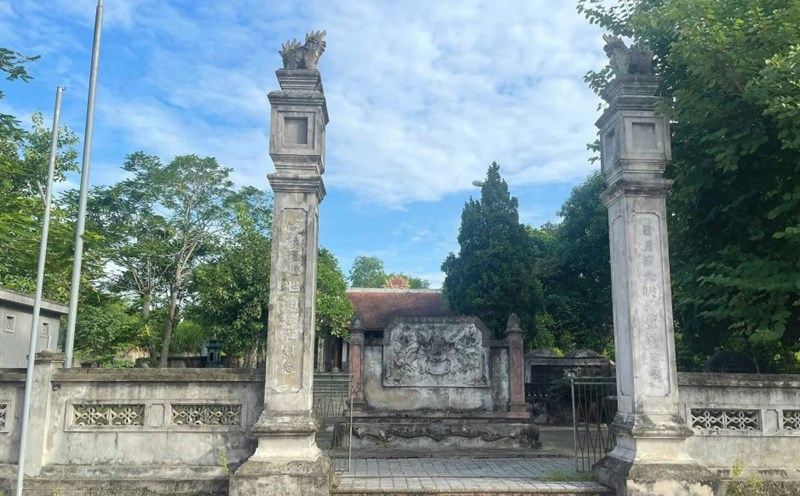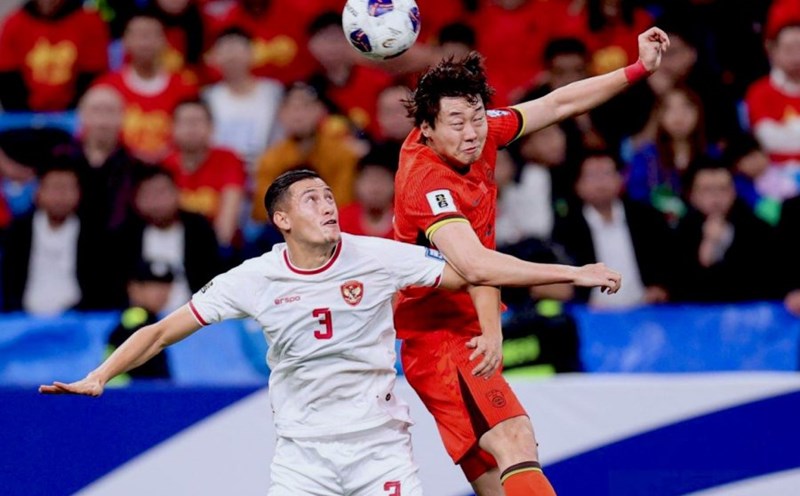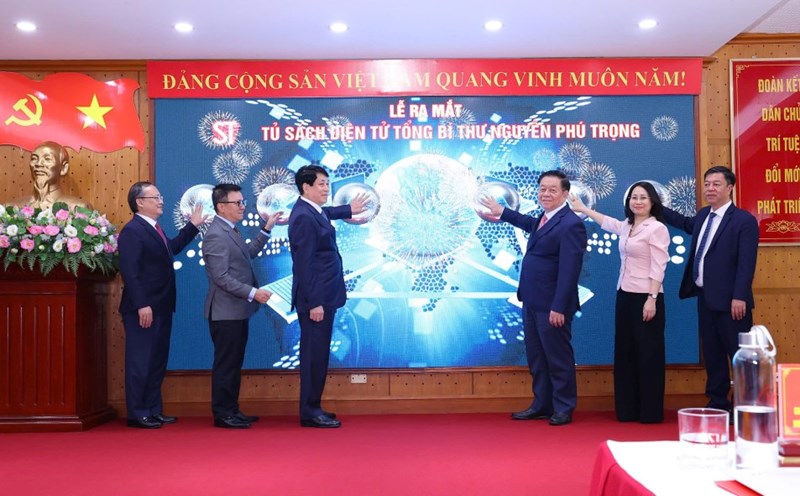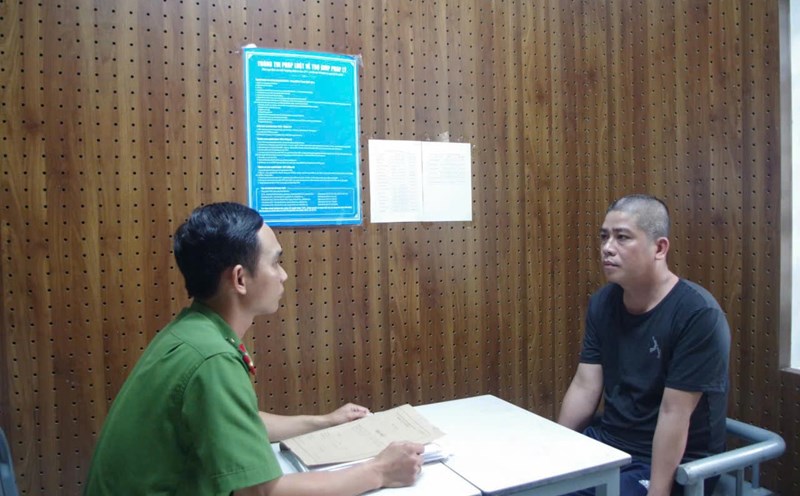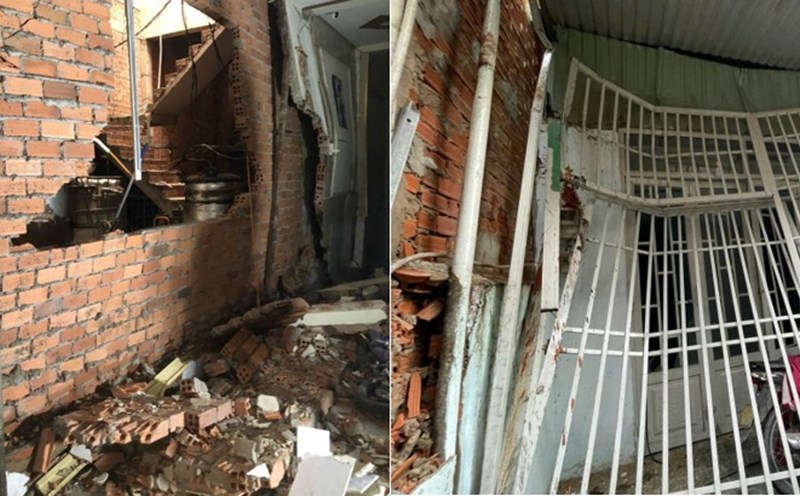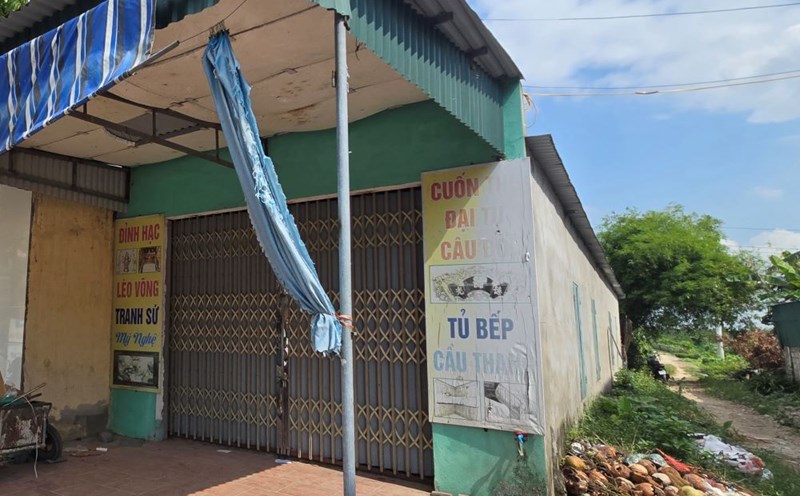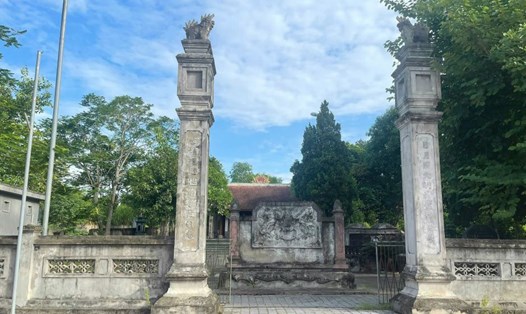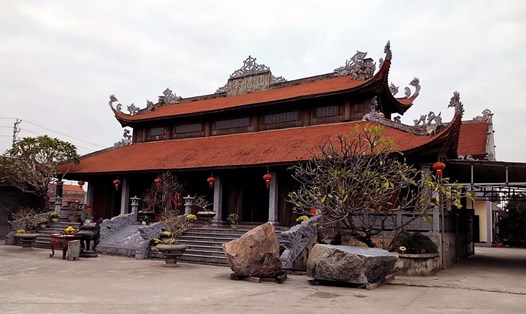From the sacred place of Champa to the ancestral place of Lam Te
According to local people's accounts of the existence of 10 Champa temples and towers in the past and with the remaining traces of architectural materials, this is a large-scale architectural complex. In addition to the traditional material of bricks, stone is widely used in architecture, used for decoration and making door frames, thresholds, and eaves. Through some artifacts found, with decorative motifs, especially the spiral motif with one curved tip and one rolled tip, which researchers call the Mam tower motif, these motifs are all present on temples and towers such as: Duong Long, Canh Tien... therefore, initially, it is determined that the ruins of Thap Thap date back to the 12th century. With a location very close to Cha Ban citadel, surrounded by a series of temple and tower ruins and Champa temple ruins, it shows the important role of the ruins of Thap Thap, possibly a religious center of the Vijaya dynasty in Champa history.
The Thap Thap Di Da Pagoda is associated with the name of its founder, Zen Master Nguyen Thieu. Many documents today show that his family name was Ta, his given name was Hoan Bich, he was born in the year of Mau Ty (1648), and at the age of 19 he became a monk at Bao Tu Pagoda (China). In 1677, he followed a Chinese merchant ship to Quy Ninh prefecture, now in Binh Dinh province, about 28km from Quy Nhon city, to build a hermitage to worship Buddha Amitabha.
During the Nguyen Dynasty, the pagoda was a famous scenic spot in the region mentioned in Dai Nam Nhat Thong Chi: “The Ten Tower Pagoda (Thap Thap Tu); in Thuan Chanh village, Tuy Vien district, behind the pagoda were 10 towers of Champa, hence the name, now ruined. In the first year of Minh Mang (1820), the monk of Thien Mu pagoda, Venerable Mat Hoang, restored the pagoda, the pagoda was tall and spacious, the lacquered walls were splendid, together with Linh Phong pagoda, both were famous as scenic spots”.
The pagoda has gone through 16 generations of succession with many famous Zen masters such as: Zen Master Lieu Triet, Zen Master Minh Ly, Zen Master Phuoc Hue... Zen Master Phuoc Hue was honored as National Master, invited to lecture in the Nguyen Dynasty royal palace from the reign of King Thanh Thai to King Bao Dai, and taught Buddhism at Truc Lam and Tay Thien Buddhist schools (Hue) since 1935.
This was also a place to help the poor during famine: In the years 1878 - 1879, when farmers suffered from crop failure and famine, Zen Master Ngo Thieu - Minh Ly (1836 - 1889), abbot of Thap Thap Di Da Pagoda (Binh Dinh), contributed money and rice to the royal court to help the famine victims. Also in this year (1878), he was granted a gold-plated red lacquered horizontal plaque by King Tu Duc, with the four words "Thuong Tu Hao Nghia" written on it.
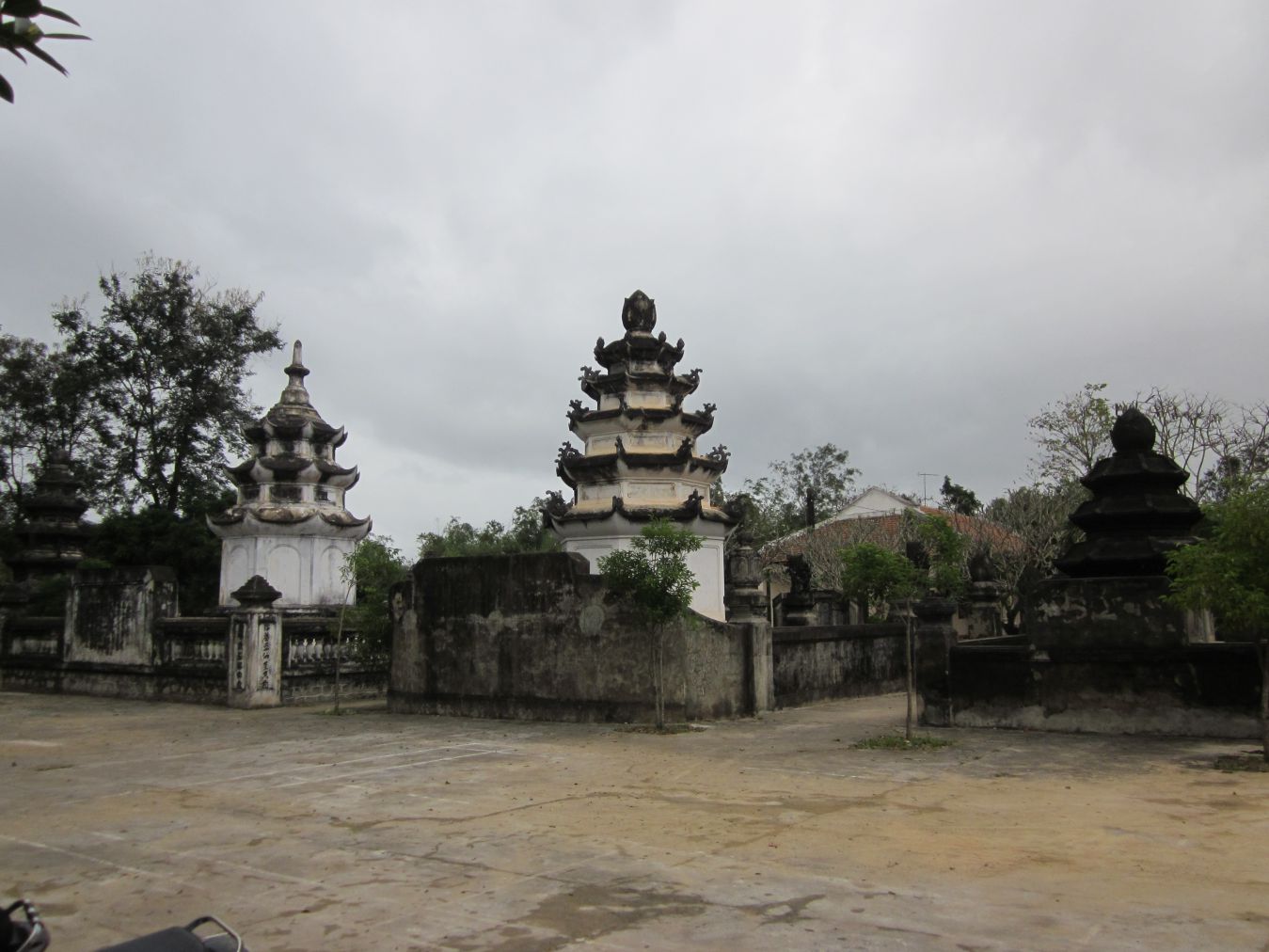
Precious heritage of our ancestors
From the outside, walking along the lotus pond to the temple gate, you will see two tall square pillars, on which are two majestic lion statues, connected by an arc, with the two words “Ten Towers” attached above. Behind the temple gate is a screen with a relief of a dragon and horse on a kneeling pedestal. The temple was built in the shape of the letter “Khau”, including the main hall, the East Hall (lecture hall), the West Hall (ancestor’s house) and the abbot’s house.
The main hall was restored by Zen Master Lieu Triet in 1749. Currently, the main hall has a straight roof, covered with yin-yang tiles, and on the top is a picture of two dragons fighting for a pearl. The temple still preserves two Dharma Protector statues, 36 Arhat statues, and many wood carvings from the late Le and early Nguyen dynasties, during the time when Zen Master Minh Ly was the abbot (1871 - 1889). In the middle of the Buddha hall, there are statues of the Three Worlds Buddha, Chuẩn Đề, Ca Diếp, and A Nan; next to them are altars to Bodhisattva Avalokitesvara and Bodhisattva Ksitigarbha, placed in the two rooms on either side of the Buddha hall; on the left and right walls, there are statues of the Eighteen Arhats, the Ten Kings of the Light, Dharma Protectors, Patriarch Dharma, and Patriarch Tỳ Ni Đa Lưu Chi.
The temple was given the plaque “Sac Tu Thap Di Da Tu” by Lord Nguyen Phuc Chu, which was hung in the middle of the main entrance of the main hall, and Venerable Mat Hoang had it re-engraved in 1821. The great bell (cast in 1893) and the big drum are placed at both ends of the corridor. Behind the main hall is a stele with the inscription “Sac Tu Thap Di Da Tu Bi Minh” compiled by layman Duong Thanh Tu, and established by Venerable Minh Ly in 1876.
The abbot's house is located behind the main hall, built by National Master Phuoc Hue in 1924. The Ancestor House is in the South, connecting the main hall and the abbot's house, worshiping the founding ancestor Nguyen Thieu, the abbots, the late monks and the deceased Buddhists. Opposite the Ancestor House is the lecture hall, where there is a wooden board with the "Thap Thap Tu Chi" written by the An Nhon Academician Vo Khac Trien in 1928, recording the history of the founding, construction and inheritance of the Thap Thap ancestral temple. In particular, the pagoda also preserves 2,000 woodblocks to print the Amitabha Sutra, Kim Cang Truc So, Phap Hoa Khoa Chu... The "Dai Tang Kinh" donated by Ha Tien Governor Mac Thien Tu has 1,200 volumes of sutras, laws, treatises and sayings.
The Patriarch Tower Garden is located in the North with 20 ancient towers housing the bodies of the abbots and monks in the pagoda. Behind the pagoda are the Bach Ho Tower and the Hoi Dong Tower. In addition, the pagoda is located in the "rear" position of the Hoang De citadel, having witnessed many events of the rise and fall of the citadel and the battles that took place here. In the pagoda, there are two relics of the Tay Son period, which are the "slashing stone" and the "cannonball mark" on a pagoda pillar.
Thap Thap Di Da Pagoda is one of the most famous ancestral temples in the Central region. The pagoda has been recognized as a National Historical - Cultural Relic by the Ministry of Culture, Sports and Tourism.

